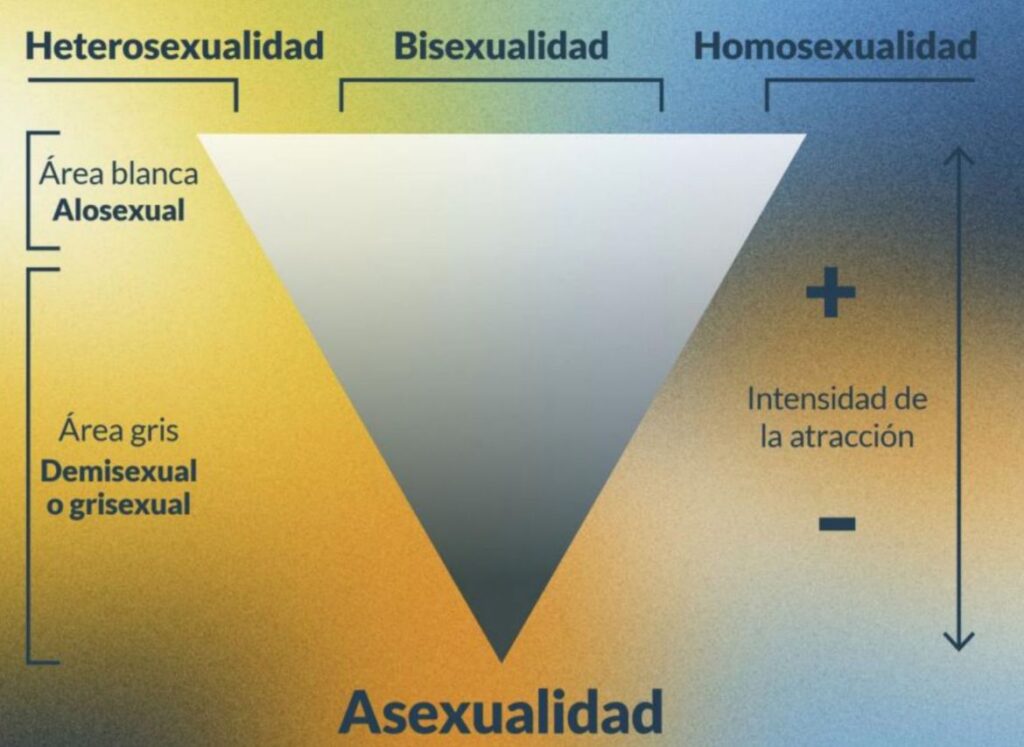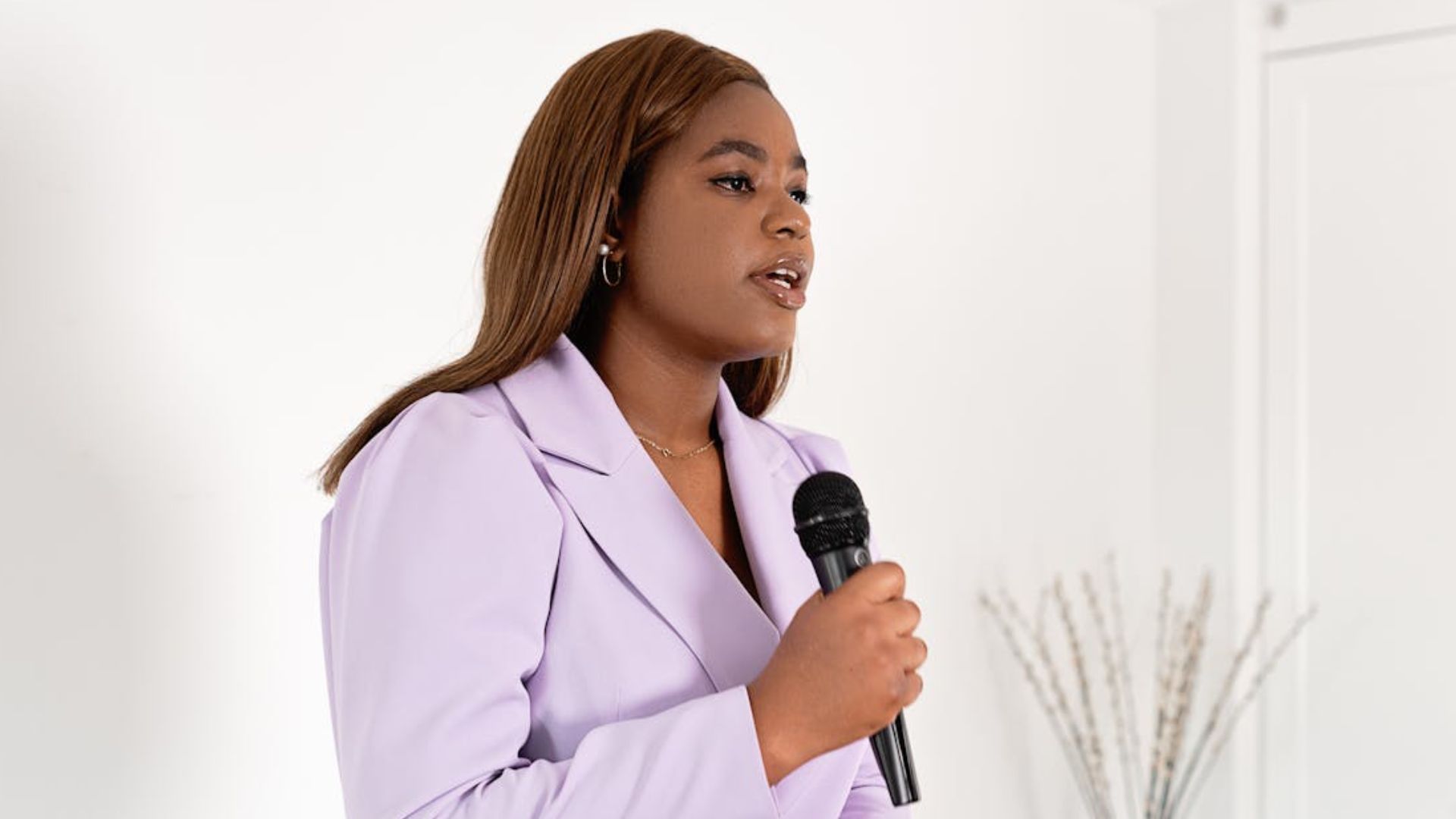Asexual people are part of the LGBT+ population and have their own day to make themselves visible, which is commemorated every November 26th, mainly in Latin America, since the international Asexuality Day is on April 6th.
Each November 26, LGBT+ people and their allies celebrate Asexual Awareness Day. This date is very relevant because asexuality continues to be one of the sexual orientations that is least represented in the media.
Likewise, there are still many people who do not understand what it means to have this sexual orientation, since there is a whole spectrum of which it is a part. Here we will explain it.
What is asexuality?
Asexuality is an orientation in which a person does not feel sexual attraction to others.; or, does not do so in a normative manner. Asexuality has been known since 1948, when the biologist and sexologist Alfred Kinsey published the study Sexual Behaviour in the Human Male, where introduced a special category for people who do not experience a sex drive.
To make this more clear, let's talk about the types of attraction. The association Prisma made a document on this subject together with the organization Asexual Community Spain (ACES), where they divided the attraction into four types.
- Sexualrefers to the desire for sexual activity with another person.
- Affective: can be romantic (desire for a deep emotional connection) or not romantic (affection that may go beyond friendship).
- Sensual: involves the desire for physical contact that is not of a sexual nature, as the hugs or the caresses.
- Aestheticsis the appreciation of beauty or physical appearance of someone.
So, the asexual persons may experience affective, sensual or aesthetic attraction.; However, will not feel sexual attraction.
What is the asexual spectrum?
Asexuality is not a phase, a fad or a disorder. It is an orientation as well as homosexuality, bisexuality or heterosexuality, which usually have more visibility.
There is a whole spectrum, which encompasses asexual people. To understand this, we will introduce the AVEN triangle, The Asexual Visibility and Education Network (AVEN) was created by David Jay, founder of the Asexual Visibility and Education Network (AVEN) in 2002. Although it has been modified over the years, the following image presents a simplified version.

At the top we have people who feel sexual attraction; that is, heterosexuals, bisexuals and homosexuals. This section is also known as white or allosexual area.
At the bottom are asexual people. Here we include those who never feel sexual attraction. However, there is a whole intermediate area for grisexuals, who may experience sexual attraction under specific circumstances. In this sense, there are some subcategories:
- demisexuals: who are sexually attracted when they are able to establish an emotional connection with someone;
- fraisexuals: who experience sexual attraction, but it disappears when they have an emotional connection with the other person..
Why is Asexual Awareness Day important?
Asexual Visibility Day is a recognized holiday in countries such as Mexico, Spain, Argentina, Chile, Peru, Ecuador, Colombia and Uruguay.
It is relevant because invites us to understand how people of this orientation live.. It also allows us to question the fact that many human relationships have been built around sexual desire.. Journalist Rocío Sánchez published an essay on this subject in the supplement Letter Ese, where it mentions:
«Recognizing asexuality as a real experience can mean an opportunity for non-asexual people, as it invites them to question the way in which they construct their own ideas of desire, love and intimacy. Not all relationships must go through sex to be fulfilling.».
In the text, Sanchez also states that digital social networks have enabled many asexual people to understand their orientation and share their experiences. to put a name to what they had felt in silence.
How many asexual people are there in Mexico?
Although the concrete figure does not exist, but we can make an approximation thanks to the National Survey on Sexual and Gender Diversity (Endiseg)., The National Institute of Statistics and Geography (Inegi) in 2021.
The survey revealed that there are 4.6 million people with LGB+ orientation in Mexico. Of the total, 11.2% belonged to a category called ‘Other’, which encompassed pansexual, demisexual and asexual persons. However, no distinction is made between each. It would be ideal if for the next Endiseg Inegi could give a specific place to this orientation in order to make the data more precise.
In the same vein, the 11.2% of 4.6 million represents 515,200 people who identify as pansexual, demisexual and asexual..
Did you know all this information about asexuality?
With information from PRISMA, Letter Ese, One Bravo, Homosensual (1 y 2) e Inegi
Research and editing by José Manuel Ríos and Rodrigo Hernández



